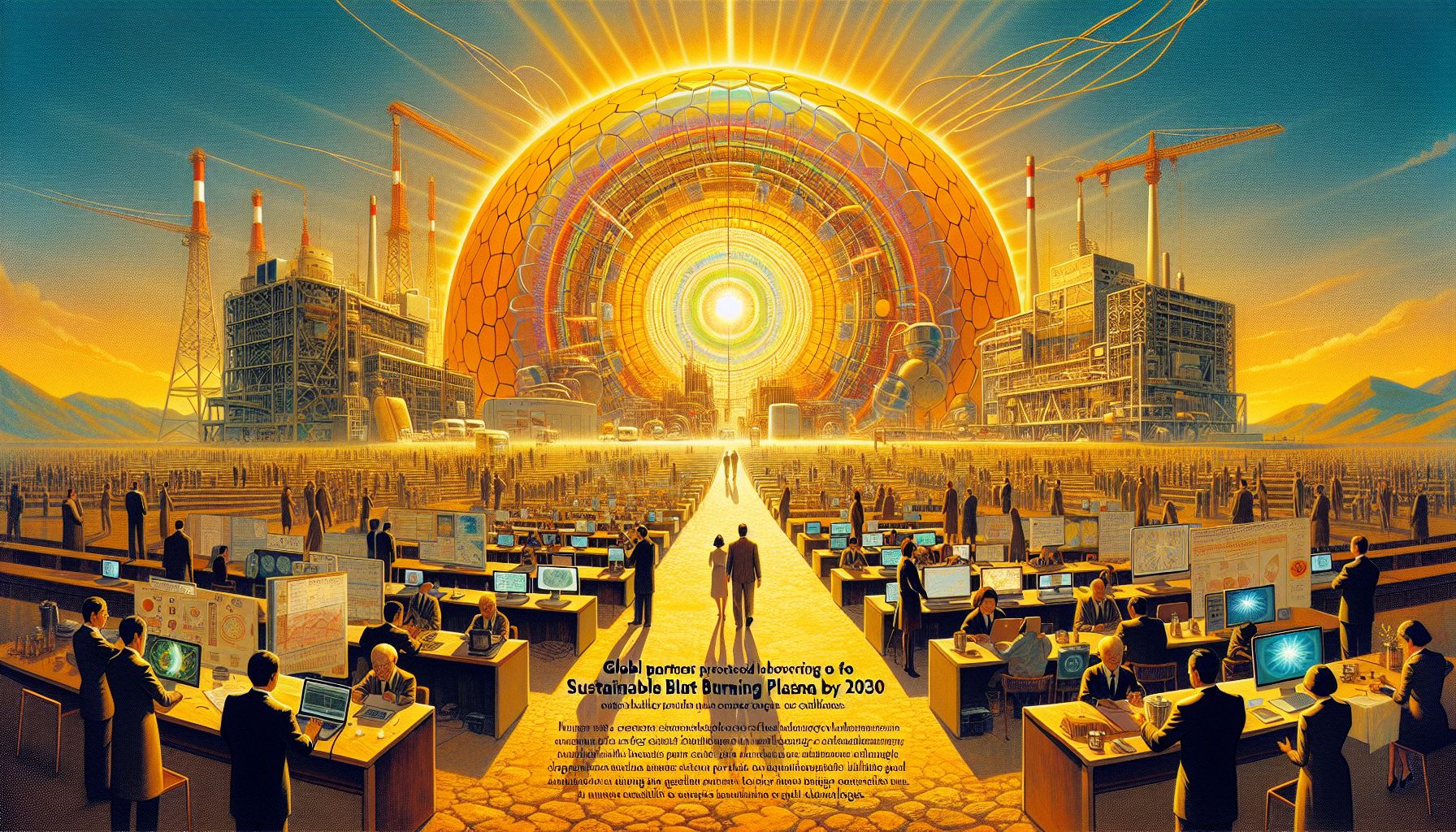Japan's FAST Project: Race for Unlimited Fusion Energy by 2030

Japan, Monday, 25 November 2024.
Japan launches ambitious FAST-fusion initiative, uniting global partners to achieve sustainable burning plasma. The project aims to generate 50-100 MW power through revolutionary high-temperature superconducting technology, potentially solving humanity’s energy challenges. Recent breakthroughs in plasma physics and unprecedented international collaboration make 2030 target feasible, though significant technical hurdles remain.
Global Ambitions and Local Expertise
The FAST (Fusion by Advanced Superconducting Tokamak) project epitomizes Japan’s commitment to spearheading the development of fusion energy technology. This ambitious initiative, while primarily Japanese, is a collaborative effort involving multiple countries, private companies, and government organizations[1]. The project’s core innovation lies in its use of high-temperature superconducting coils, which generate high-pressure plasmas at a lower cost and with a reduced production time. These technological advancements are crucial in overcoming the long-standing barriers to commercial fusion energy.
Technical Challenges and Collaborative Solutions
Despite the promising potential of fusion energy, significant technical challenges persist. The FAST project aims to address these by conducting extensive tests on fusion plasmas and energy generation[1]. The initiative is expected to contribute not only to the development of prototypes in Japan but also to the global advancement of fusion technologies. These efforts are supported by recent successes in fusion experiments worldwide, such as those at the Princeton Plasma Physics Laboratory, highlighting the pivotal role FAST could play in the broader fusion energy landscape[1].
A Vision of a Sustainable Future
By 2025, the FAST project plans to complete a design phase involving plasma researchers and energy plant technicians, which will include a thorough examination of financing and regulatory frameworks[1]. This timeline emphasizes the project’s strategic approach to ensuring feasibility and sustainability. With a target of achieving a continuous power output of 50 to 100 MW and a fusion burn duration of 1000 seconds, the FAST project aspires to operate at full capacity for 1000 hours, marking a significant milestone in the quest for clean, sustainable energy[1].
The Broader Impact of Fusion Energy
Fusion energy, characterized by its inexhaustible fuel source and high power density, offers a path to carbon-free energy at a scale necessary to combat climate change[2]. The integration of new technologies such as high-temperature superconductors and 3-D printing is accelerating the development of smaller, more efficient fusion devices[2]. These advancements, coupled with a deeper understanding of fusion science, enhance confidence in the performance of future fusion power plants. As Japan’s FAST project progresses, it embodies a critical step toward realizing the potential of fusion energy, thereby contributing to a sustainable and energy-secure future.

